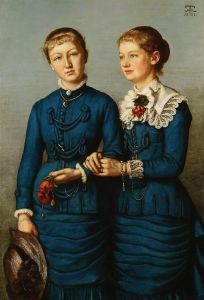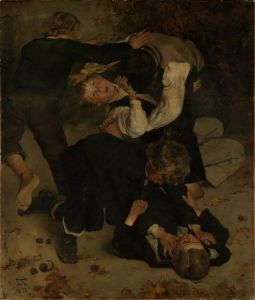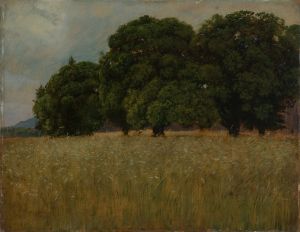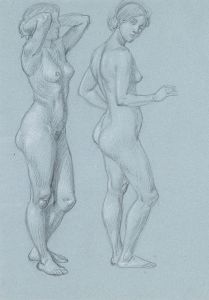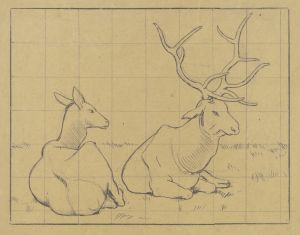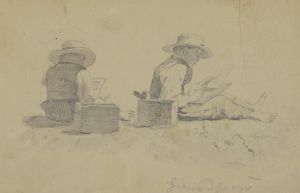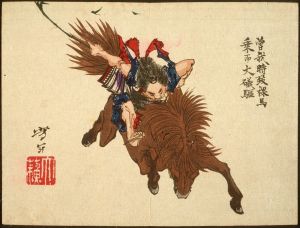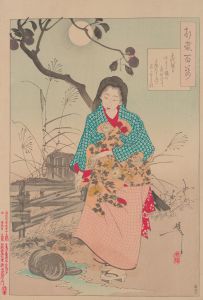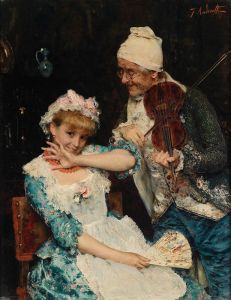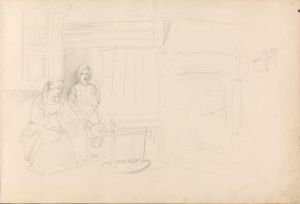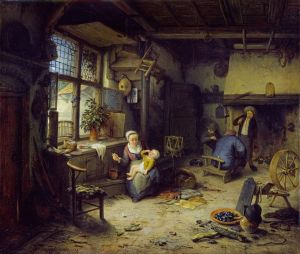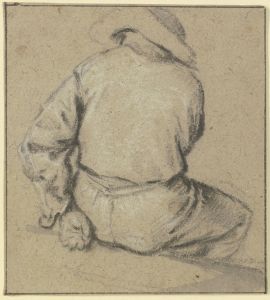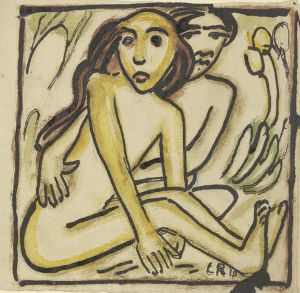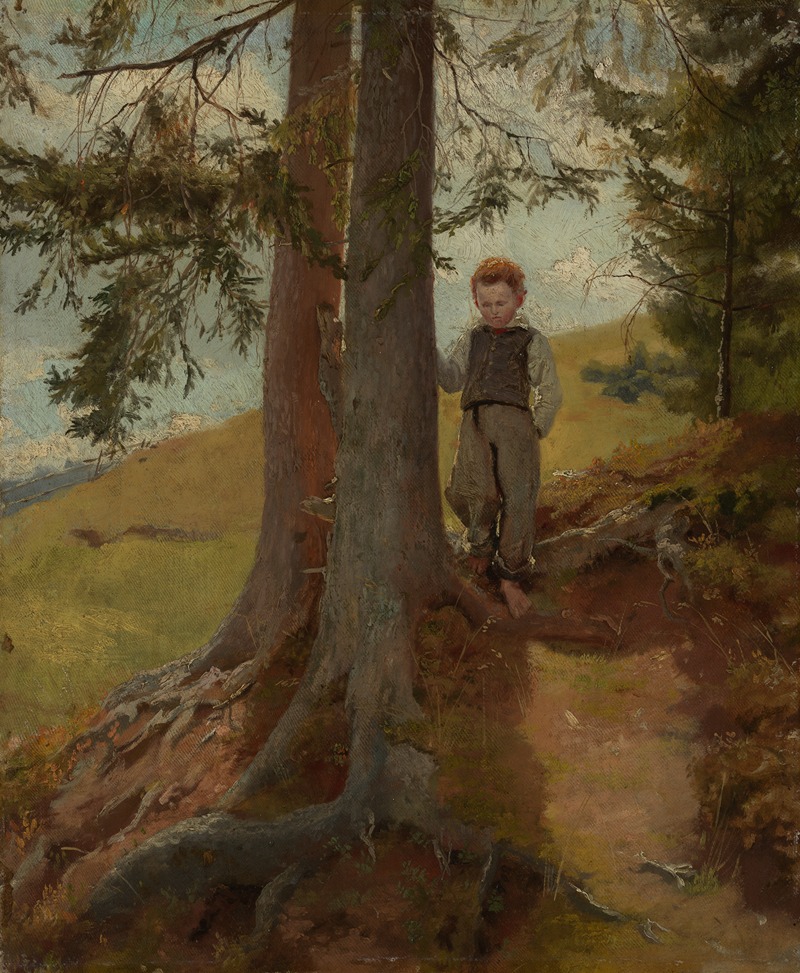
Bauernjunge am Waldrand
A hand-painted replica of Hans Thoma’s masterpiece Bauernjunge am Waldrand, meticulously crafted by professional artists to capture the true essence of the original. Each piece is created with museum-quality canvas and rare mineral pigments, carefully painted by experienced artists with delicate brushstrokes and rich, layered colors to perfectly recreate the texture of the original artwork. Unlike machine-printed reproductions, this hand-painted version brings the painting to life, infused with the artist’s emotions and skill in every stroke. Whether for personal collection or home decoration, it instantly elevates the artistic atmosphere of any space.
"Bauernjunge am Waldrand" (translated as "Peasant Boy at the Forest Edge") is a painting by the German artist Hans Thoma. Thoma, born on October 2, 1839, in Bernau in the Black Forest, is known for his detailed and evocative landscapes, portraits, and genre scenes that often reflect the natural beauty and rural life of his native region.
The painting "Bauernjunge am Waldrand" is a fine example of Thoma's ability to capture the essence of rural life and the serene beauty of the German countryside. The work depicts a young peasant boy standing at the edge of a forest, a common theme in Thoma's oeuvre, which often highlights the harmonious relationship between humans and nature.
Hans Thoma's style is characterized by a meticulous attention to detail and a realistic yet idealized portrayal of his subjects. His works often exhibit a blend of Romanticism and Realism, with a focus on the idyllic and pastoral aspects of rural life. Thoma was influenced by the German Romantic tradition, as well as by the works of earlier artists such as Albrecht Dürer and the Dutch landscape painters.
"Bauernjunge am Waldrand" showcases Thoma's skill in rendering natural landscapes with a high degree of fidelity. The painting features lush greenery, detailed foliage, and a tranquil atmosphere that invites the viewer to appreciate the simple beauty of the scene. The young boy, dressed in traditional peasant attire, stands with a sense of calm and contemplation, embodying the connection between humans and their natural surroundings.
Hans Thoma's work gained recognition during his lifetime, and he became an influential figure in the German art scene. He was associated with the Munich Secession, an art movement that sought to break away from the academic constraints of the time and promote more progressive and individualistic approaches to art. Thoma's contributions to the movement were significant, and his works were celebrated for their technical proficiency and emotional depth.
In addition to his painting, Thoma also worked as a printmaker and illustrator, further showcasing his versatility as an artist. His legacy is preserved in numerous museums and collections, particularly in Germany, where his works continue to be admired for their beauty and craftsmanship.
"Bauernjunge am Waldrand" remains an important piece within Hans Thoma's body of work, exemplifying his dedication to capturing the essence of rural life and the natural world. The painting is a testament to Thoma's ability to convey a sense of peace and harmony through his art, making it a cherished example of 19th-century German painting.
Overall, Hans Thoma's "Bauernjunge am Waldrand" is a notable work that reflects the artist's deep connection to his homeland and his mastery of landscape and genre painting. Through his detailed and evocative portrayal of a simple rural scene, Thoma invites viewers to appreciate the timeless beauty of the natural world and the quiet dignity of rural life.





